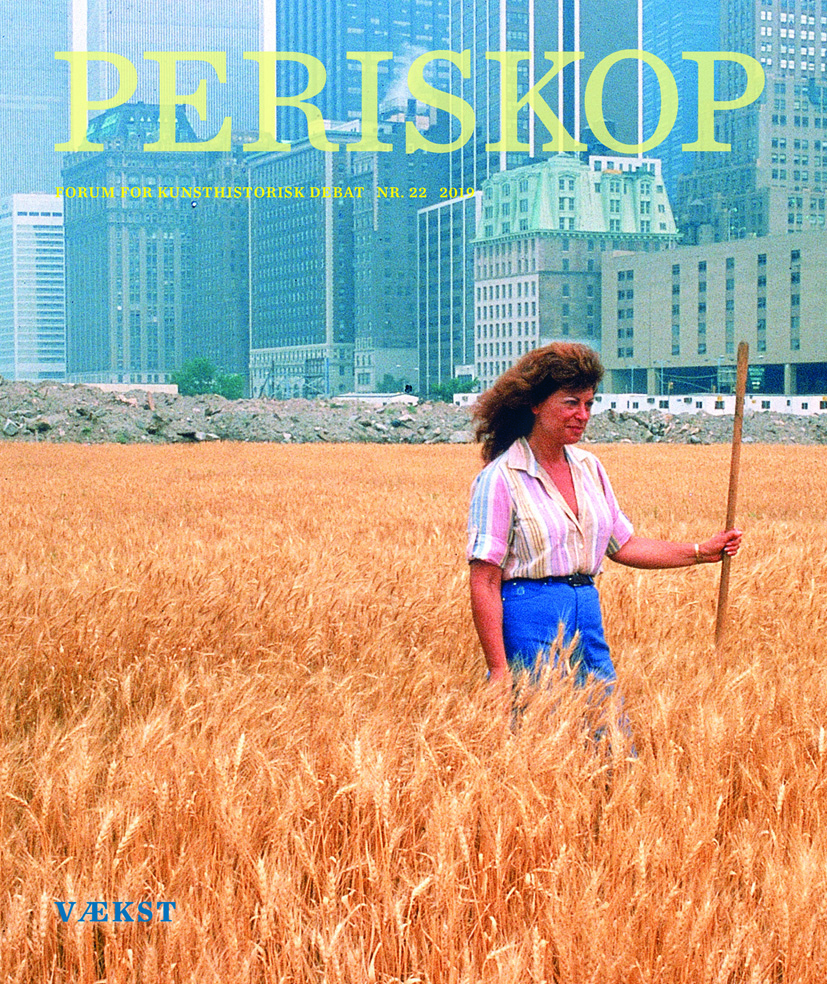Grobund for nationalisme. En manual til beskæringen af danskhedsgevæksten
DOI:
https://doi.org/10.7146/periskop.v2019i22.121148Resumé
In this article, I demonstrate that usages of “growth” generally indicate two, divergent understandings of the term. While the one, which has roots in the philosophy of natural history, attempts to consolidate a notion of growth meant to mobilise collective, national, and historical values, the other identifies the notion of growth with its industrial, capitalist, and transnational associations, whereby the term becomes analogous with global expansion and unlimited freedom of movement. It is important to acknowledge that rhetorical usages of “growth” are not exclusive to the discourse of neoliberal capitalism, particularly as my primary purpose is to marshal an analysis of political, art-historical, and cultural-historical discourses in order to expose the assumptions that underpin the national conception of growth and the persistence of such constructions. I find, in other words, that there is often something veiled in references to growth in Denmark: an implicative subtext that subtly attaches itself to biology, the soil, and the landscape, and results in forceful national allegories and symbols. Similarly, it is interesting to observe how the expansive emergence of industrialisation critically challenged and subsumed the Romantic conception of growth, such that the term eventually had little reference beyond business and economics. In contrast, this article considers the symbolic value of the forest and the physiology of trees for the construction of a collective, Danish, national identity; through this lens, the article focuses on the organic/biological aspect of growth and sheds new light on its implementation in art and cultural life in Denmark.
Downloads
Publiceret
Citation/Eksport
Nummer
Sektion
Licens
Forfattere, der publicerer deres værker via dette tidsskrift, accepterer følgende vilkår:
- Forfattere bevarer deres ophavsret og giver tidsskriftet ret til første publicering, samtidigt med at værket 12 måneder efter publiceringen er omfattet af en Creative Commons Attribution-licens, der giver andre ret til at dele værket med en anerkendelse af værkets forfatter og første publicering i nærværende tidsskrift.
- Forfattere kan indgå flere separate kontraktlige aftaler om ikke-eksklusiv distribution af tidsskriftets publicerede version af værket (f.eks. sende det til et institutionslager eller udgive det i en bog), med en anerkendelse af værkets første publicering i nærværende tidsskrift.
- Forfattere har ret til og opfordres til at publicere deres værker online (f.eks. i institutionslagre eller på deres websted) forud for og under manuskriptprocessen, da dette kan føre til produktive udvekslinger, samt tidligere og større citater fra publicerede værker (se The Effect of Open Access).


